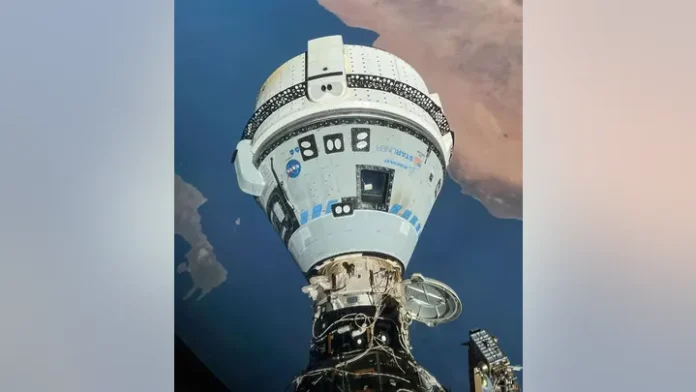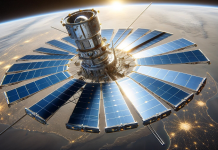NASA has delayed the return of the Boeing Starliner spacecraft to Earth, necessitating that two astronauts remain aboard the International Space Station (ISS) indefinitely. The decision follows helium leaks and thruster performance issues encountered during Starliner’s recent docking attempt earlier this month, as announced by officials on Friday.
NASA astronauts Suni Williams, aged 58, and Barry “Butch” Wilmore, aged 61, were initially scheduled to return to Earth, but their departure has been postponed with no set return date before June 26. This delay allows NASA’s teams to thoroughly analyze data from the Starliner mission.
We are taking our time and following our standard mission management team process,” stated Steve Stich, manager of NASA’s Commercial Crew Program. “We are letting the data drive our decision making relative to managing the small helium system leaks and thruster performance we observed during rendezvous and docking.
Given the extended duration of their stay, NASA plans to conduct an agency-level review similar to the one conducted before the return of NASA’s SpaceX Demo-2 mission, which spent two months in orbit.
The first piloted test flight of SpaceX’s Demo-2 in 2020 did not face the technical challenges encountered during Starliner’s recent mission, highlighting the complexity and variability of space operations.
Boeing’s Starliner spacecraft initially launched on June 5 from Cape Canaveral, Florida, after two previous launch attempts within a month. It experienced helium leaks both before launch and during its journey to the ISS, despite earlier efforts to rectify these issues.
Despite these setbacks, NASA reports that Starliner has been functioning effectively while docked with the ISS. The extra time on the station allows for critical activities and readiness preparations for the astronauts’ return aboard Starliner, as well as for evaluating necessary system upgrades for future missions.
“We are strategically using the extra time to clear a path for some critical station activities while completing readiness for Butch and Suni’s return on Starliner and gaining valuable insight into the system upgrades we will want to make for post-certification missions,” explained Stich.
NASA emphasized that the ISS is well-provisioned with supplies, ensuring the crew’s comfort and safety despite the extended stay. Additionally, Starliner remains prepared to serve as a contingency option in case of any emergency requiring the crew’s prompt return to Earth.
The decision to delay the return underscores the meticulous approach NASA takes in managing space missions, prioritizing safety, operational readiness, and technical excellence. It also reflects the collaborative effort between NASA and its commercial partners to address and resolve challenges encountered during space missions.
Boeing and NASA continue to work closely to address the technical issues with Starliner, aiming to enhance its reliability and performance for future missions. The experience gained from this mission will inform improvements in spacecraft systems and operational procedures, ensuring enhanced safety and efficiency for astronauts aboard.
As NASA navigates the complexities of space exploration, including technical challenges and operational risks, its commitment to thorough analysis and continuous improvement remains steadfast. The resilience and adaptability demonstrated by astronauts and mission control teams underscore NASA’s dedication to pushing the boundaries of human spaceflight while ensuring the safety and success of each mission.
Delay in Starliner’s return represents a setback, it also reflects NASA’s proactive approach in addressing and mitigating challenges in space exploration. The agency’s ongoing efforts to advance spacecraft technology and operational practices will pave the way for future missions and further exploration of the cosmos.























